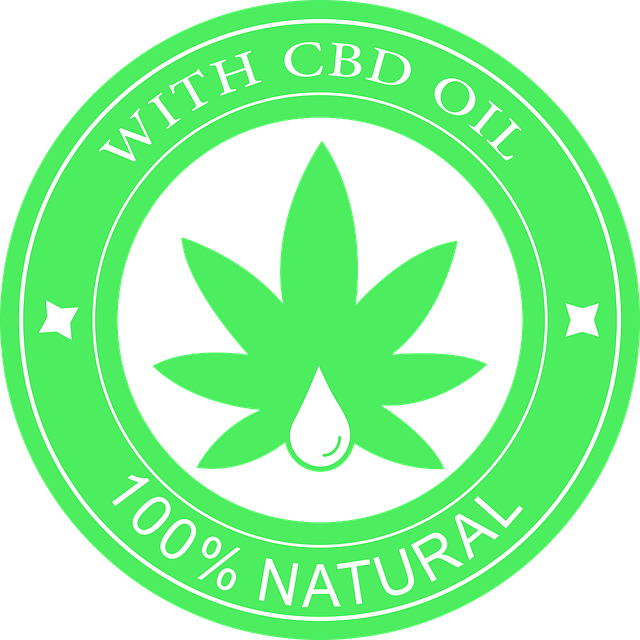The THCA flower, a non-psychoactive form of cannabis, has garnered attention for its therapeutic properties, which include pain relief and anti-inflammatory benefits. It's rich in THCa, CBD, and terpenes like myrcene and limonene, which together produce an enhanced 'entourage effect,' amplifying the health benefits without inducing a high. This synergy is crucial as it offers a potent, natural treatment for various conditions, with CBD playing a significant role in reducing anxiety and THCa providing its own wellness effects. Understanding the differences between THCA flower and other cannabinoid products is essential for consumers seeking to leverage its benefits. The study of cannabis constituents has revealed that the combination of these compounds can modulate both therapeutic and psychoactive effects, making full-spectrum cannabis more beneficial than isolated compounds. For safe consumption, it's recommended to start with small doses, select strains based on desired effects, and consult healthcare professionals if necessary. The key takeaway is the importance of CBD synergy with terpenes in maximizing the therapeutic potential of THCA flower, which has significant implications for its medicinal use.
explore the multifaceted world of THCA (Tetrahydrocannabinolic Acid) flowers, a natural cannabinoid-rich compound gaining attention for its potential health benefits. This article delves into the unique composition of THCA and how it differs from CBD, highlighting their distinct impacts on well-being. As we uncover the role of terpenes in enhancing the therapeutic properties of THCA and CBD, we also address the lesser-known side effects associated with THCA consumption. With a focus on safe usage practices, including appropriate dosage, strain selection, and firsthand user insights, readers will gain a comprehensive understanding of THCA flowers’ benefits and risks. Additionally, we examine the entourage effect, a phenomenon that elucidates how THCA, CBD, and terpenes synergistically interact to offer optimal therapeutic effects. Join us as we dissect the intricate relationship between these compounds and their collective influence on health and well-being.
- Unraveling THCA Flower: A Closer Look at Its Composition and Benefits
- THCA vs CBD: Understanding the Differences and Their Impact on Health
- Terpenes in the Spotlight: How They Amplify the Effects of THCA and CBD
- Potential Side Effects of THCA Flower: What Users Should Be Aware Of
- Navigating Safe Consumption: Dosage, Strains, and User Experiences with THCA Flowers
- The Entourage Effect in Action: Exploring Synergy Between THCA, CBD, and Terpenes
Unraveling THCA Flower: A Closer Look at Its Composition and Benefits

The THCA flower, rich in tetrahydrocannabinolic acid (THCA), represents a non-psychoactive precursor to the more well-known THC found in cannabis. This botanical compound, when properly cultivated and processed, offers a multitude of potential health benefits without the psychotropic effects associated with its psychoactive form. The unique composition of the THCA flower includes a high concentration of cannabidiol (CBD), which, when combined with the naturally occurring terpenes, creates a synergistic effect known as the ‘entourage effect.’ This effect enhances the therapeutic properties of CBD, making it a potent option for those seeking natural relief from various ailments. The entourage effect is a phenomenon where the collective action of CBD and terpenes works more effectively than any single cannabinoid alone. This synergy can lead to improved well-being, pain relief, and anti-inflammatory effects, making THCA flower an attractive alternative for those looking to leverage the therapeutic potential of cannabis without psychoactive side effects. The precise balance of CBD and terpenes within the THCA flower is what distinguishes it from other cannabinoid products, offering a distinct advantage in its application for wellness and health.
THCA vs CBD: Understanding the Differences and Their Impact on Health
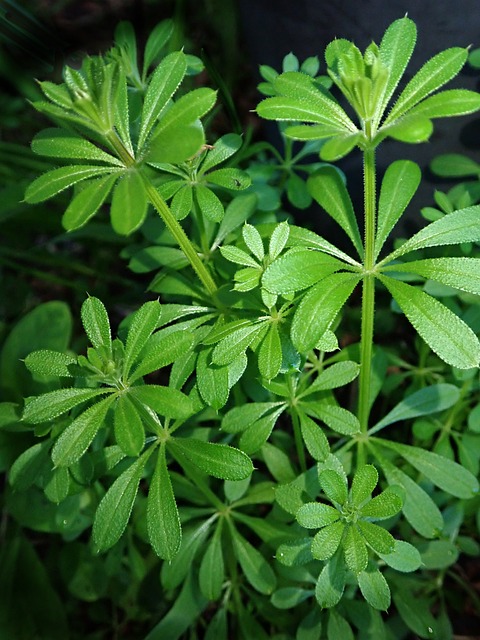
Delta-9-tetrahydrocannabinolic acid (THCA) and cannabidiol (CBD) are two prominent compounds found in the Cannabis sativa plant. While THCA is the precursor to the psychoactive component Delta-9-THC upon heating, CBD is non-psychoactive. Both THCA and CBD interact with the body’s endocannabinoid system, influencing various physiological processes.
THCA flower possesses unique properties distinct from those of CBD. Unlike its psychoactive counterpart, THCA offers potential therapeutic benefits without the ‘high’ associated with THC. Research suggests that THCA may have anti-inflammatory, analgesic, and neuroprotective effects. It is also believed to exhibit antibacterial properties, which could be beneficial for skin health. On the other hand, CBD has gained recognition for its calming and pain-relieving qualities. When combined with terpenes, the synergy can enhance the therapeutic benefits of both compounds. This entourage effect is a result of the collaborative action between cannabinoids and terpenes, which can lead to more profound effects than either compound alone. For instance, limonene, a common terpene found in many strains of cannabis, can elevate the mood-enhancing properties of CBD, making it a preferred choice for those seeking relief from anxiety or depression without mind-altering side effects. The synergy between THCA and its accompanying terpenes in the flower can also provide a broader spectrum of benefits, potentially offering more comprehensive support for various health conditions. Understanding these differences is crucial for consumers to make informed decisions about which cannabis-derived product may be most suitable for their wellness regimen.
Terpenes in the Spotlight: How They Amplify the Effects of THCA and CBD
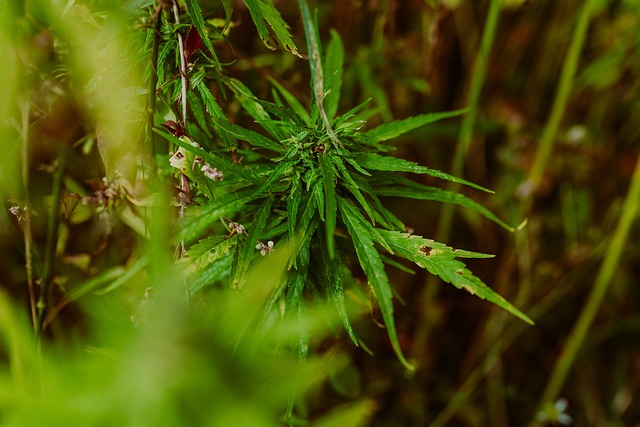
Delta-9 tetrahydrocannabinolic acid (THCA) and cannabidiol (CBD) are two prominent compounds within the cannabis plant, each offering a unique set of properties. However, the entourage effect—a phenomenon where THCA, CBD, and other cannabinoids interact synergistically with the body’s endocannabinoid system—highlights the importance of the full spectrum of cannabis compounds, including terpenes. These aromatic compounds, often overlooked, play a crucial role in modulating the effects of THCA and CBD. Terpenes are responsible for the distinct flavors and scents associated with various cannabis strains, and their molecular structure allows them to influence the body’s response to cannabinoids. For instance, myrcene is known for its sedative properties and can enhance the relaxing effects of THCA, while limonene may uplift mood and reduce stress, further amplifying the positive impact of CBD. This synergy between terpenes and cannabinoids not only maximizes the therapeutic benefits but also minimizes potential side effects, offering a more balanced and effective experience for users. As research continues to unveil the intricate interplay between THCA flower’s constituents, understanding the role of terpenes in the entourage effect becomes increasingly important for those seeking optimal wellness outcomes from cannabis-based products.
Potential Side Effects of THCA Flower: What Users Should Be Aware Of
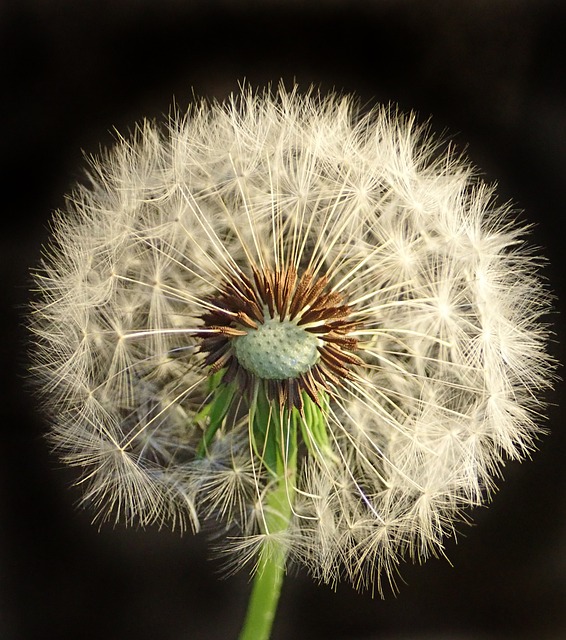
THCA, or Tetrahydrocannabinolic Acid, is the raw form of THC found in cannabis flowers, which, when properly cured, converts into THC. As interest in cannabis-derived compounds grows, particularly for therapeutic purposes, users are increasingly exploring the potential benefits and side effects of THCA flower. While CBD (cannabidiol) synergy with terpenes in cannabis is a topic of scientific interest due to its implications on enhancing therapeutic properties, it’s crucial for users to be aware of the potential side effects associated with THCA consumption.
Commonly reported side effects may include psychoactive effects, such as altered perception, mood swings, and impaired motor skills, especially at higher doses. Users should also be cautious of potential respiratory issues, including irritation or coughing, when smoking THCA flower. The synergy between CBD and terpenes can modulate these effects, potentially reducing negative side effects, but it’s not a complete safeguard against them. Additionally, individual sensitivity to cannabinoids means that some users may experience more pronounced effects than others. It is advisable for new users to start with small doses and be in a safe environment, monitoring how their body reacts before increasing consumption. Users should also consult with healthcare professionals, particularly if they have pre-existing health conditions or are taking other medications. Being well-informed about the potential side effects of THCA flower can help ensure a safer and more enjoyable experience.
Navigating Safe Consumption: Dosage, Strains, and User Experiences with THCA Flowers
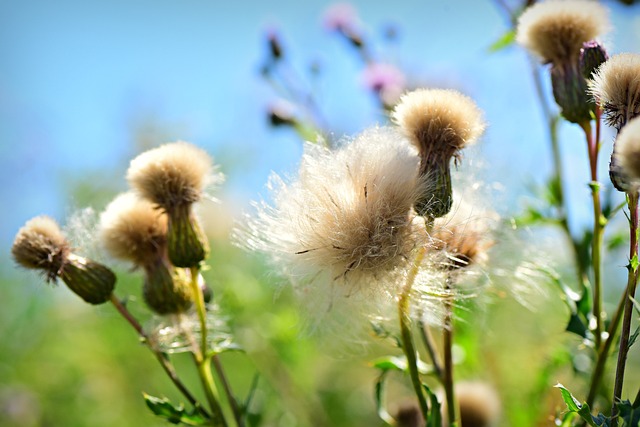
Navigating the safe consumption of THCA flowers requires a comprehensive understanding of dosage, strain selection, and individual user experiences to ensure a positive and responsible experience. THCA flowers, which contain tetrahydrocannabinolic acid, a precursor to THC, offer potential benefits when consumed in appropriate amounts. Users should start with low doses to gauge effects before considering an increase, as the psychoactive properties of THCA can be potent for those unfamiliar with its effects. It’s also crucial to consider the specific strain of THCA flower, as different strains can yield varying experiences due to their unique terpene profiles and CBD synergy. For instance, strains high in myrcene may induce a more sedative effect, whereas limonene-rich strains might provide an uplifting experience. User experiences play a significant role in understanding the nuances of THCA flowers; personal accounts can offer insights into effective dosing and strain preferences that align with individual needs and desired outcomes.
In addition to finding the right dosage and strain, the entourage effect, which is enhanced by the synergy between CBD and terpenes found in THCA flowers, should not be overlooked. This natural interaction can amplify the therapeutic properties of cannabinoids and terpenes, potentially offering a broader spectrum of health benefits. Users who are sensitive to THC or who wish to mitigate psychoactive effects may benefit from strains with higher CBD content, which can counterbalance the psychoactivity of THC and provide calming effects. It is advisable for users to approach THCA flower consumption with caution, adhering to recommended guidelines, and to consult with healthcare professionals if they have any concerns or pre-existing health conditions that may be affected by cannabinoid consumption. By respecting the potency of THCA flowers and utilizing the wealth of knowledge available from both scientific research and user experiences, consumers can navigate their journey with THCA flowers responsibly and safely.
The Entourage Effect in Action: Exploring Synergy Between THCA, CBD, and Terpenes
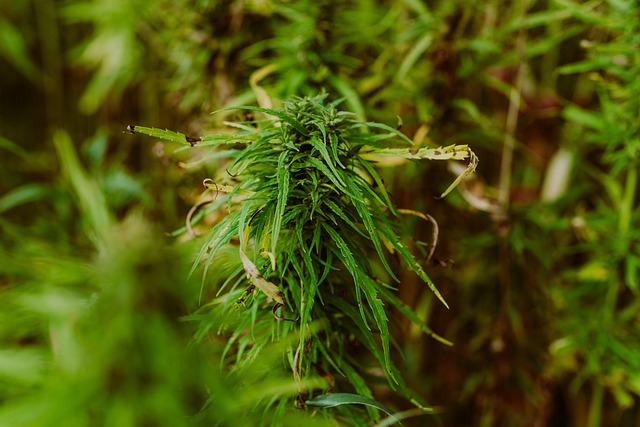
Cannabis research continues to illuminate the complex interactions within the plant, particularly regarding the Entourage Effect. This phenomenon describes how cannabinoids like THCA (tetrahydrocannabinolic acid) and CBD (cannabidiol), alongside a rich profile of terpenes, work synergistically to influence both therapeutic and psychoactive outcomes. When consuming THCA flower in its raw form, the acidic precursor to THC, users experience a range of effects that can vary significantly from those of THC after decarboxylation. This is because THCA exhibits distinct properties, often characterized by its less intoxicating nature compared to THC.
The Entourage Effect in action is evident when considering the interplay between these compounds. THCA’s potential benefits include pain relief and anti-inflammatory effects without the psychoactive high typically associated with THC. CBD, known for its calming and therapeutic properties, complements THCA by mitigating some of the potential anxiety that may arise from THCA’s psychoactive effects. Terpenes, which are aromatic compounds found in various plants and fruits, further contribute to this synergy by enhancing the effects of both cannabinoids. For instance, myrcene is known for its sedative properties, while limonene can uplift mood and reduce stress. This complex interplay not only amplifies the desired benefits but also minimizes adverse side effects, highlighting the importance of the full-spectrum approach in understanding and utilizing the medicinal potential of cannabis.
In wrapping up our exploration of THCA flower, it’s clear that this cannabinoid-rich botanical offers a range of potential health benefits, distinct from those associated with its more well-known counterpart, CBD. The entourage effect, where synergy between THCA, CBD, and the accompanying terpenes plays a pivotal role in enhancing the therapeutic properties of the flower, underscores the importance of considering the full spectrum of compounds present. While the benefits are promising, users must be aware of potential side effects, which can include some common reactions typically associated with cannabis consumption. Navigating safe and effective use through appropriate dosage and understanding the nuances of different strains is crucial for an optimal experience. As research continues to evolve, the interplay between these compounds will further illuminate their therapeutic potentials. Users are encouraged to approach THCA flower with a balanced perspective, informed by both scientific evidence and personal user experiences.
